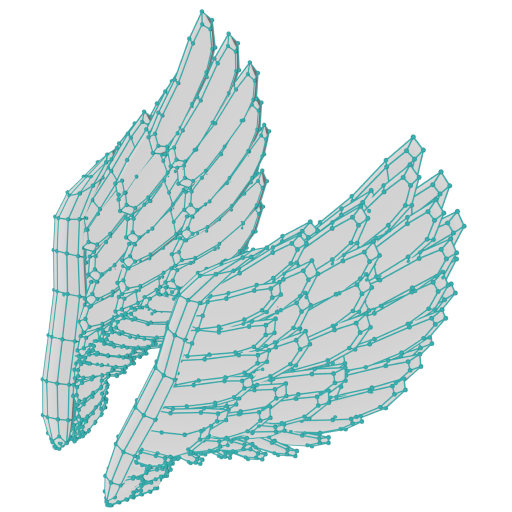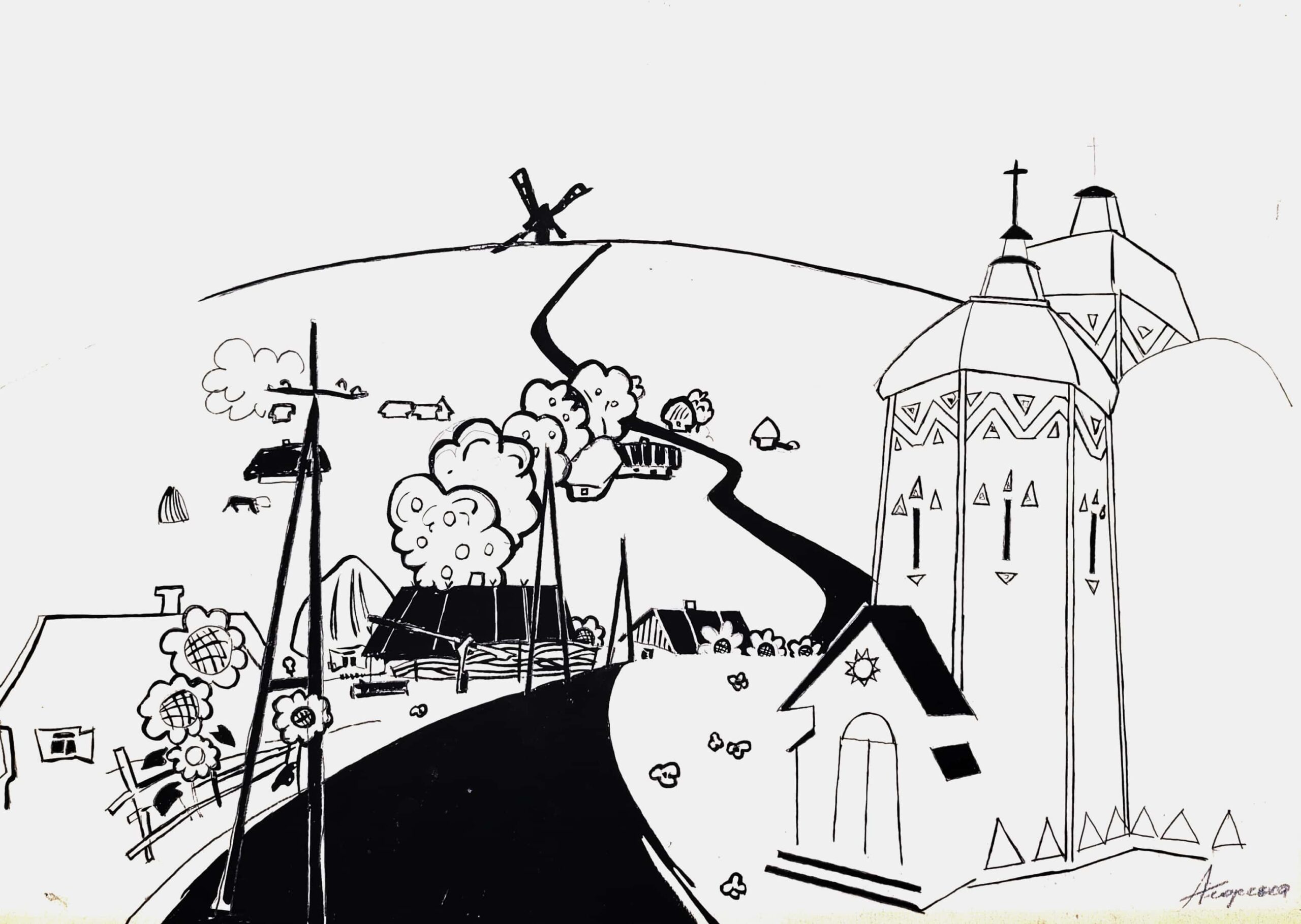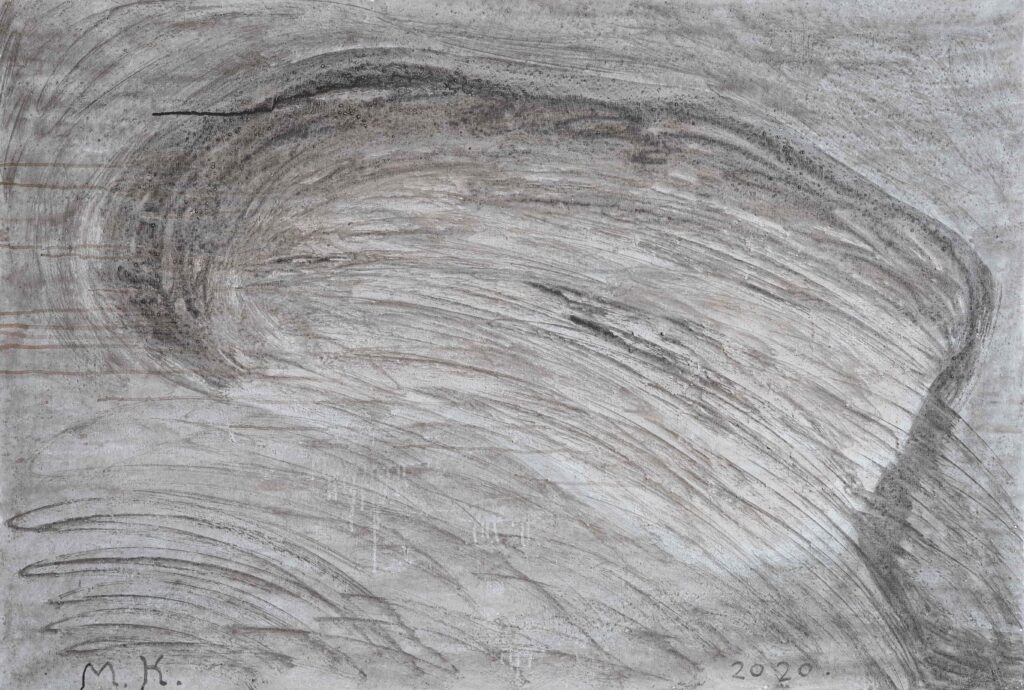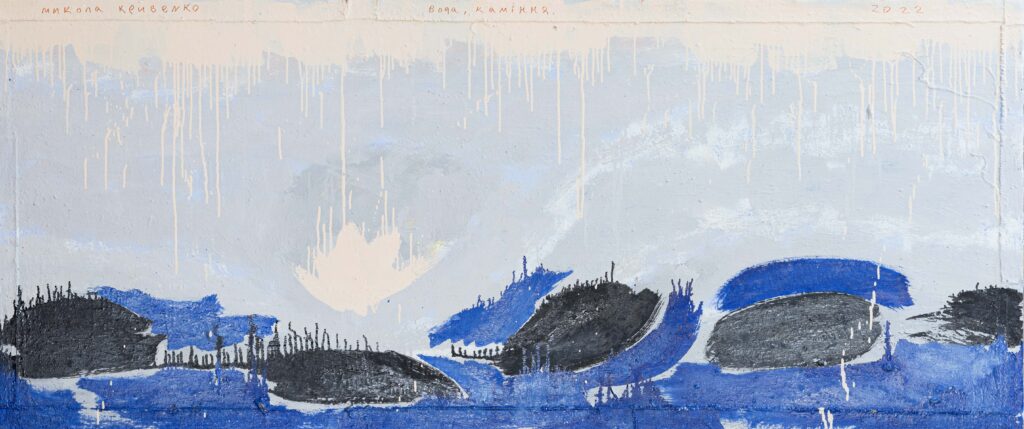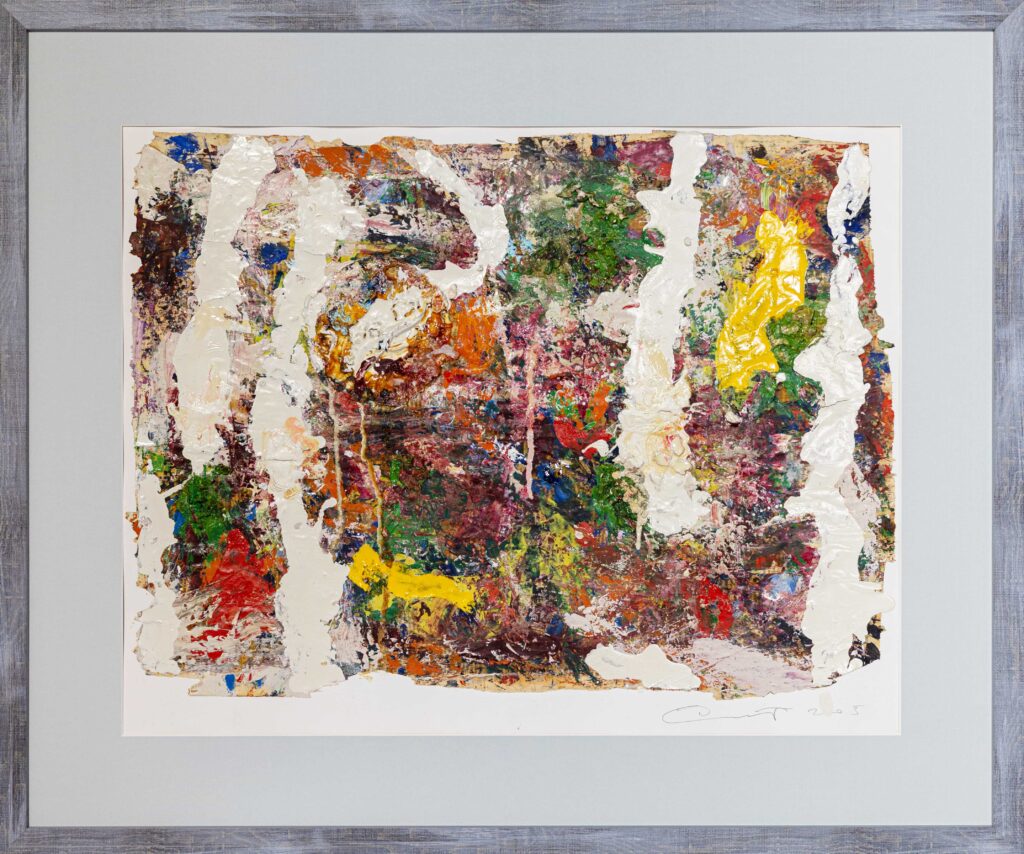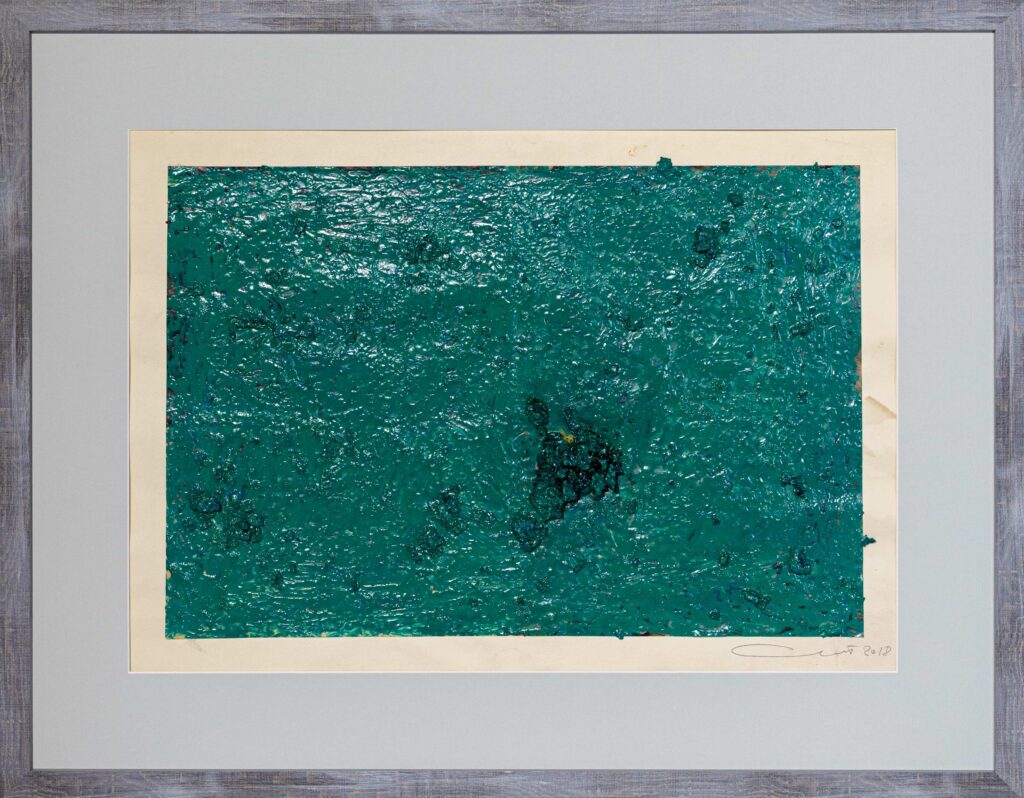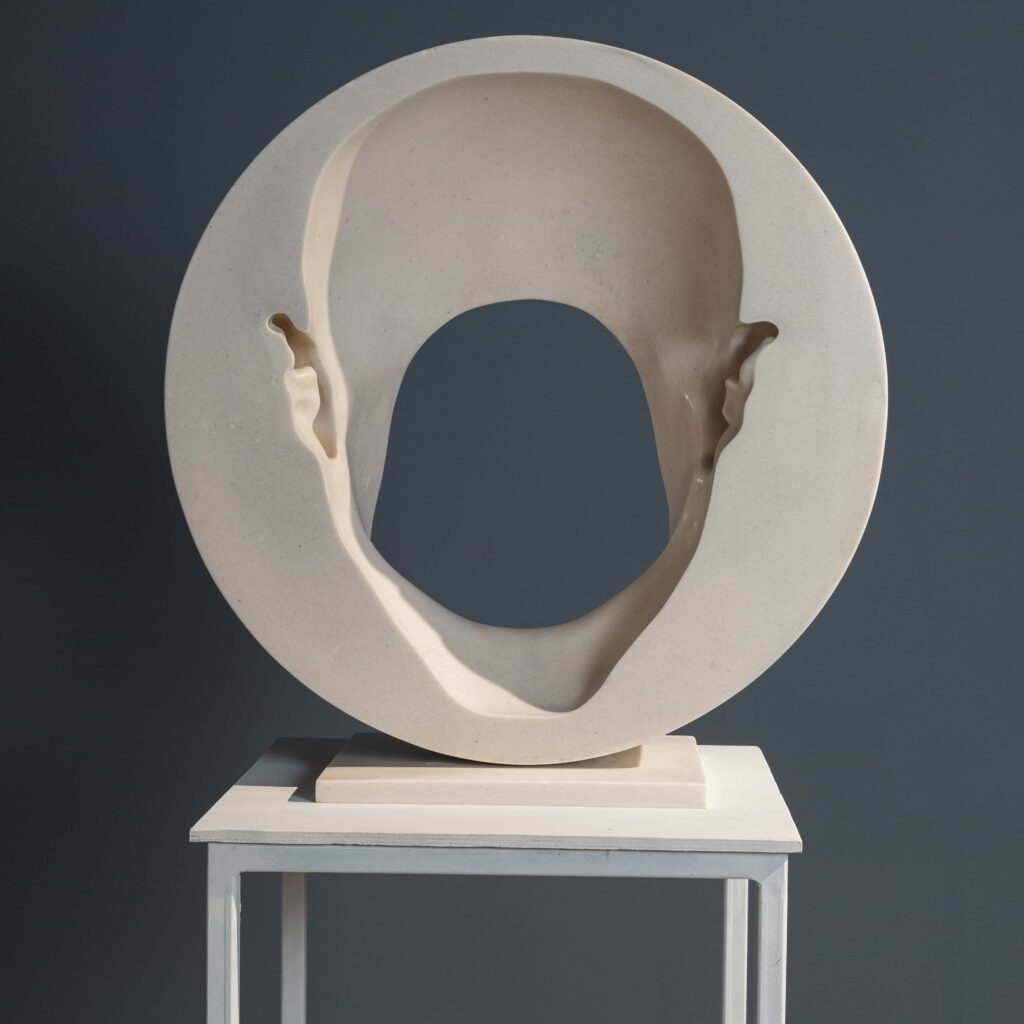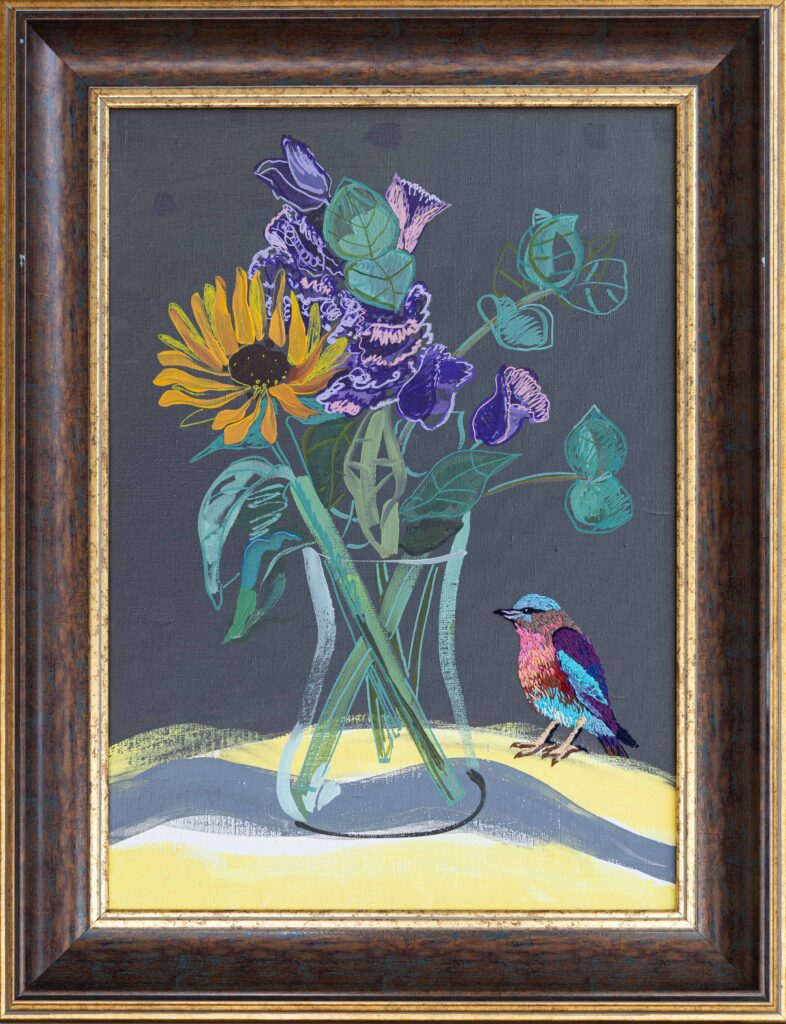- Home
- /
- Alla Horska "Picturesque Ukraine. Church in the village", 1960s
Lot №6
Alla Horska
"Picturesque Ukraine. Church in the village"
1960s
paper, watercolour, pencil
42 x 60 cm
Estimates: $3 000 - $4 000
Стартова ціна 2 000$
Artwork Description
Alla Horska (1929 - 1970) is a Ukrainian artist, social activist, and one of the founders of the Shistdesiatnyky (The Sixtiers) movement. She worked in monumental and easel art, graphics, and scenography. Plastic generalization, movement potential and local flavour are characteristic of Horska's art style. Along with Opanas Zalyvakha, Borys Plaksii and Halyna Sevruk, the artist is considered one of the founders of a new monumental style, which is based on the ancient Ukrainian monumental tradition and uses the experience of notable phenomena of monumental modernism in the world. Among the iconic works are the stained-glass Shevchenko window (co-authored), mosaic compositions in Donetsk, Mariupol and Krasnodon, and stylized portraits of Ukrainian artists, particularly those of the sixties. The works are imbued with deep symbolism and neo-futuristic aesthetics, emphasized by red, black and white colours. The artist's works are stored in the leading museums of Ukraine, the Museum of the Berlin Wall "Checkpoint-Charlie", the collection of the Zimmerli Art Museum in the USA and others.
The graphic series "Picturesque Ukraine" was a program cycle by the artist for a guide to picturesque places, which was to be published by one of the Ukrainian publishing houses in the mid-1960s. For this, the artist researched folk life and ethnography of the regions of Ukraine. The work from this series, "The Church in the Village", resonates with Taras Shevchenko's series of etchings of the same name, glorifies the beauty of Ukraine, and was intended to show that even in a small, unremarkable village, you can come across a picturesque landmark that bears a trace of history, encourages you to love and to be proud of the native land. The drawing is unique in that it conveys the graphic handwriting and character of Alla Horska's temperament: the tense line of the drawing is combined with contrasting dynamic spots of the road and the roof of the village house. The dark line of the road immediately attracts the viewer's attention, leading him to the old wooden mill on the horizon of the third plan; instead, the church in the foreground is drawn easily and transparently. This is how the artist uses the method of Paul Cézanne: to highlight with contrast not what is closer but what is perceived in nature more quickly.
